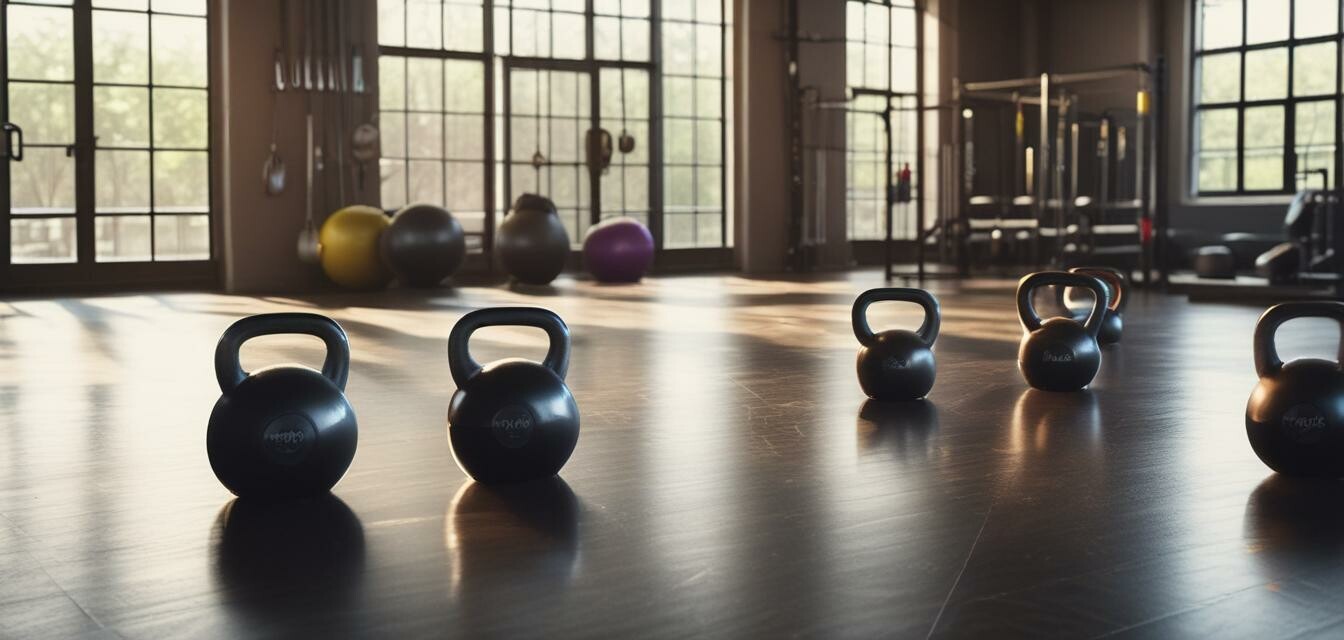
Understanding the Benefits of Functional Training
Key Takeaways
- Functional training improves real-world movements.
- It enhances strength, endurance, balance, and coordination.
- Effective for all fitness levels and can be done with minimal equipment.
- Incorporates movements that mimic daily tasks.
- Supports injury prevention and rehabilitation.
Functional training is an approach that focuses on workouts that prepare your body for real-life movements and activities. Unlike traditional training, which may isolate muscle groups, functional training encourages multidimensional movements. This article will dive deep into the benefits of functional training for both everyday fitness and athletic performance, along with some practical exercises you can try.
What is Functional Training?
Functional training involves exercises that replicate common movements performed in daily life or sports. Instead of focusing solely on aesthetics, this approach emphasizes the development of strength, balance, endurance, and coordination through diverse movements. By targeting multiple muscle groups simultaneously, functional training enhances the body's capability to perform daily tasks efficiently.
Benefits of Functional Training
| Benefit | Description |
|---|---|
| Improved strength and muscle tone | Develops overall strength to support daily activities. |
| Enhanced balance and coordination | Focuses on movements that require stability and control. |
| Increased flexibility | Promotes a full range of motion in various movements. |
| Supports injury prevention | Strengthens muscles and joints, reducing the risk of injuries. |
| Improves athletic performance | Enhances the body's capacity for sports-related activities. |
Examples of Functional Training Exercises
Below is a list of effective functional training exercises you can incorporate into your workout routine:
- Squats: Mimics sitting down and standing up.
- Deadlifts: Reflects picking up objects from the ground.
- Push-ups: Similar to pushing yourself off the ground to get up.
- Lunges: Replicates stepping forward or climbing stairs.
- Planks: Develops core stability akin to maintaining posture in various activities.
How to Incorporate Functional Training in Your Routine
Getting started with functional training doesn’t have to be complicated. Follow these steps to integrate it into your fitness regimen:
- **Assess your goals:** Determine what you want to achieve with functional training.
- **Choose exercises that mimic everyday movements:** Focus on full-body exercises that engage multiple muscle groups.
- **Start gradually:** If you're new to exercise, start with lower intensity and build up.
- **Include balance and core work:** Incorporate exercises that challenge your stability and core strength.
- **Monitor your progress:** Keep track of your improvement in strength and physical capabilities.
Functional Training vs. Traditional Strength Training
| Aspect | Functional Training | Traditional Strength Training |
|---|---|---|
| Focus | Real-life movement patterns | Isolated muscle groups |
| Equipment | Minimal equipment needed | Weights and machines |
| Skill Development | Improves various skills (balance, coordination) | Focuses primarily on strength |
| Accessibility | Can be adapted for all fitness levels | May require advanced knowledge of weights |
Common Misconceptions About Functional Training
Many people hold misunderstandings about functional training. Here are a few:
- Only for athletes: Functional training is beneficial for everyone, not just athletes.
- Requires expensive equipment: Most functional workouts can be done with body weight or minimal gear.
- Only for young, fit individuals: It can be tailored to suit all ages and fitness levels.
Tips for Beginners
- **Start with bodyweight exercises:** Build a foundation before adding weights.
- **Focus on form:** Proper technique is more important than the number of repetitions.
- **Listen to your body:** Rest as needed and don't push through pain.
- **Create a balanced routine:** Include strength, cardio, and flexibility training.
Conclusion
Functional training holds enormous potential for improving not just athletic performance but also everyday physical capabilities. By incorporating functional exercises into your fitness routine, you can enhance your strength, balance, and flexibility while reducing the risk of injury. Whether you're a novice or an experienced athlete, functional training can lead you to improved overall fitness.
For more tips and advice on your fitness journey, explore our other resources in our Tips and Advice section.